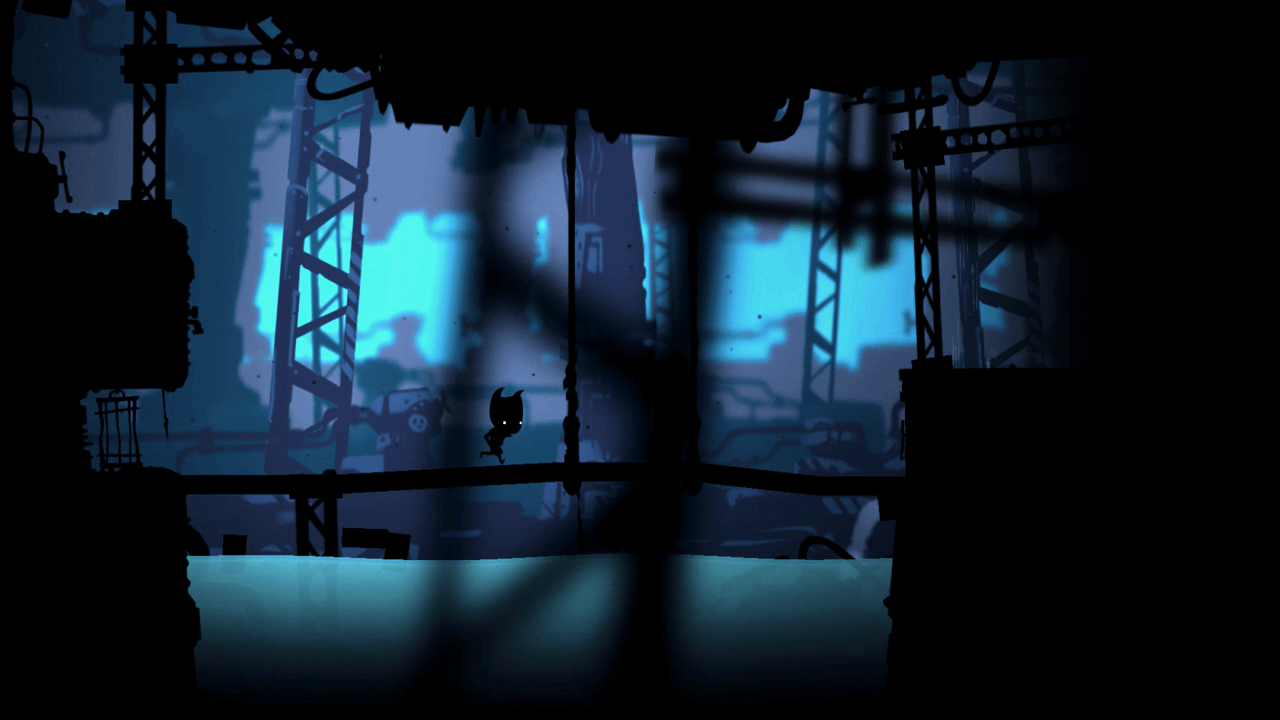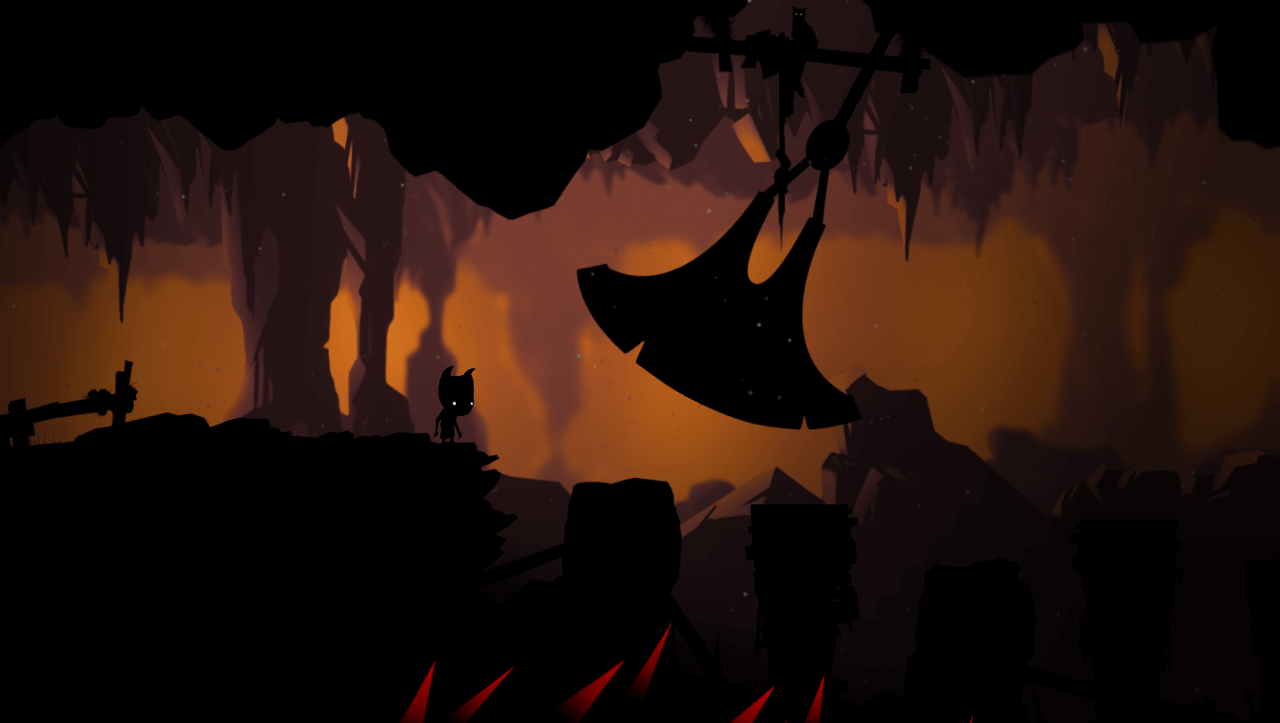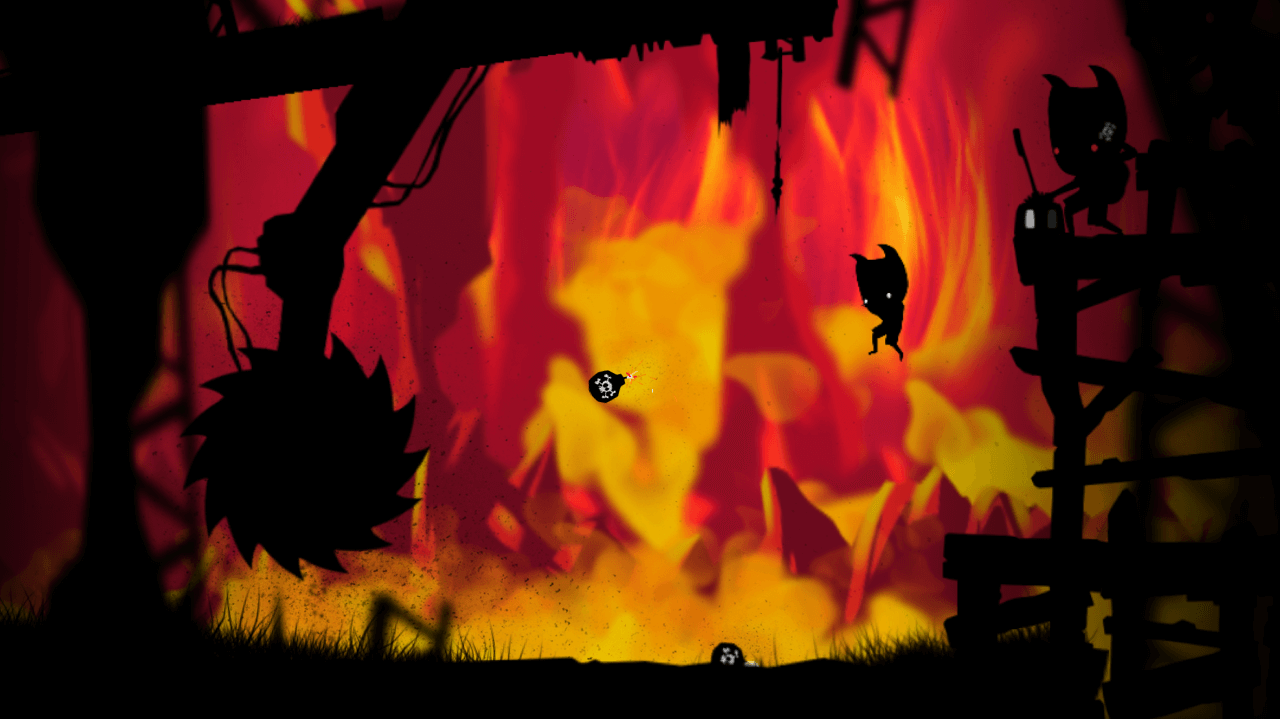Title: Toby: The Secret Mine
Available On: Xbox One, Steam, Wii U, iOS, Android
Publisher: Lukas Navratil
Developer: Lukas Navratil
Genre: Puzzle Platformer
Official Site: Lukas Navratil
Release Date: January 20, 2017 (Xbox One, Wii U), October 20, 2015 (Steam)
Where To Buy It:
The 2-D side-scrolling puzzler has provided fertile ground for indie developers with such notable titles released in the past few years as Inside, Ori and the Blind Forest and Braid. While certainly not a saturated genre, Toby: The Secret Mine made some waves when it was released in 2015 on Steam. An iOS version followed a year later and the title has now landed on both
You’ll notice that I did not mention Limbo from Playdead in my opening paragraph. This is intentional as there is bound to be plenty of Limbo talk in the rest of the review. So let’s address the elephant in the room, the fact that the visuals in Toby: The Secret Mine look very similar to those in Limbo. Specifically the two tone, silhouetted character with white eyes. There is no denying there was a presentation homage to Limbo and the developer has stated that the game was part of the inspiration for Toby: The Secret Mine. In my opinion though, to get hung up on this point ignores the great presentation flare the game has.
Not all levels are black on gray like Limbo. My most enjoyable was a snow level where Toby no longer blended into his environment and instead was literally a black ink spot on a white backdrop. The dynamic was deceiving though as whiteout conditions in parts of the level had you losing your pure black character in various spots. There are other flourishes of color in settings and in puzzles that depart significantly from Playdead’s masterpiece. For example, many dark areas obfuscate critical passages or levels that must be discovered. In short, I thought the game’s presentation had its own independent charm and character with a tip of the hat to the character design of Toby who looked a bit like an emaciated Batman crossed with The Tick’s Arthur.
Like Limbo , Toby: The Secret Mine drops you straight into the action with little set-up. All we know is that some characters that look like a larger version of Toby with red eyes have kidnapped some villagers. Toby takes it up himself to rescue his brethren. What follows is a couple of hours of strong puzzle platforming. Toby’s only skill is to activate items and push set pieces, once again a departure from Limbo’s pull mechanic. At first, I thought the limited options would mean that the puzzles would not vary much. Indeed I was wrong, as having fewer tools in the toolkit only means the creativity and abstract thinking of many puzzles hit my gray matter’s sweet spot. They were challenging enough that each death provided the next piece of information I needed to solve things while not being brutally hard. My 179 total times dying means I averaged about one death a minute. The puzzles had a somewhat heavy leaning towards moving objects for the start of the game while timing challenges proved dominant for the acts of the game. Levels ended with truly unique types of tasks where you have to flip dials and nobs to arrange symbols in a proper order.
While the lack of abilities did not end up bothering me, the jumping mechanics did. When having Toby jump, he loses all forward momentum when you stop pressing the left stick in the direction you are traveling. Mario and virtually every other 2-D jumper I know over the past 30 years has taught me to not expect my character to drop like a stone if I let go of the stick. This resulted in many deaths that could have been avoided with a more familiar jumping mechanic. Additionally, if Toby lands on a ledge he will be stuck on it with no way to gracefully get up or down. I can only imagine that the reason for the two above quibbles would be the fact that Toby: The Secret Mine was created by a single programmer, Lukas Navratil. With this in mind and all the game does right, I can overlook some controls that lack the polish of games developed by larger teams.
While barely controllable, there are a couple of levels where Toby rides in a mine cart and they total throw the pacing of the game on its head… in a good way. While Toby is typically a slow runner that plods along between puzzles, his trips in the cart move very fast when he isn’t slamming on the brakes. I enjoyed the new dynamic the mine cart added as just when I thought I’d seen everything the game had to offer, a new bubble was added. Unfortunately, I wished there were a few more new bubbles to my experience with Toby: The Secret Mine. The game is very short and other than finding the 25 villagers who have been kidnapped there is little reason to replay the game other than two separate endings.
The Verdict: To call Toby: The Secret Mine a Limbo clone is to ignore all of its unique charms, tricky puzzles, and beautiful visuals. Completing the puzzles can be betrayed at times by the control mechanic although the rich environments and balanced difficulty overshadow this. If Toby were a longer game and had a few more tricks up its sleeve it could certainly rub elbows with the classic it is so often compared to.
[review]











